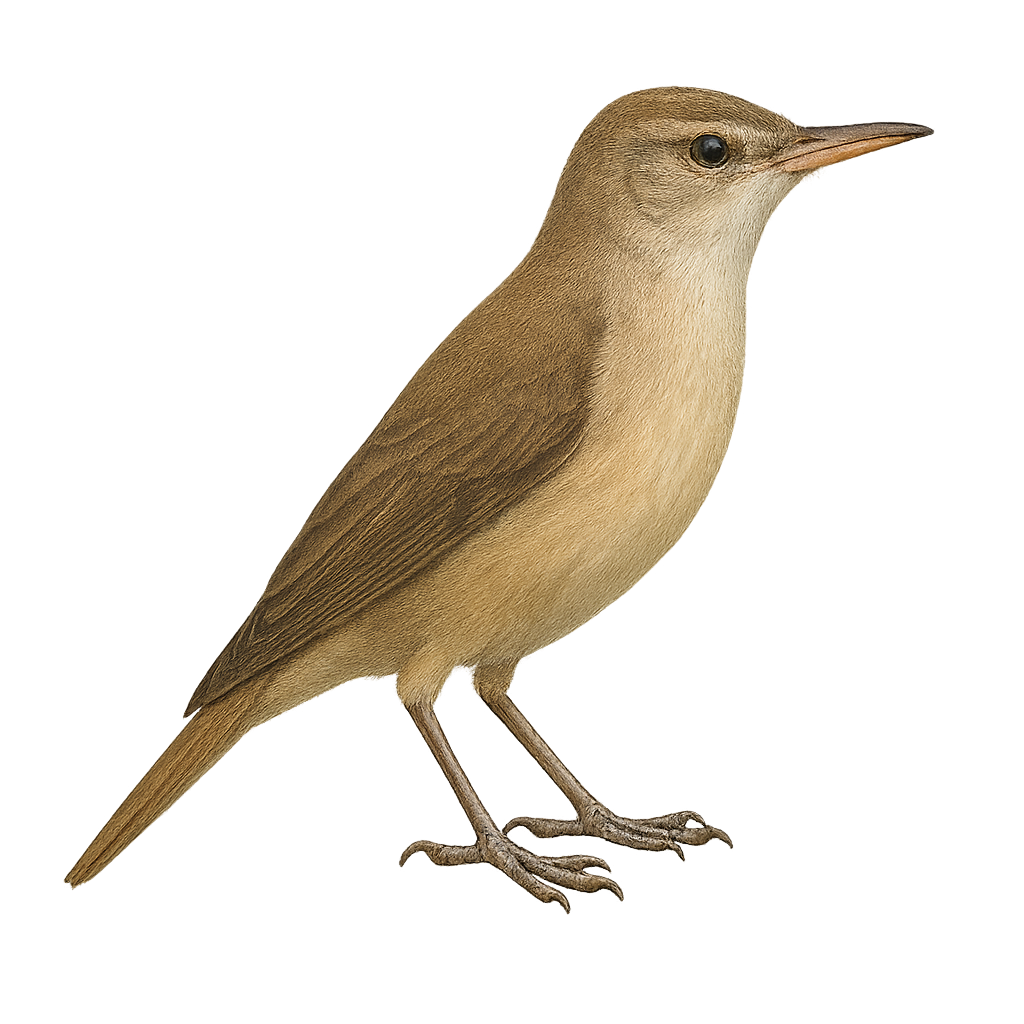Your wildlife photography guide.
Explore the oriental reed warbler in detail, study its behavior, prepare your shots.
Where to observe and photograph the oriental reed warbler in the wild
Learn where and when to spot the oriental reed warbler in the wild, how to identify the species based on distinctive features, and what natural environments it inhabits. The WildlifePhotographer app offers tailored photography tips that reflect the oriental reed warbler’s behavior, helping you capture better wildlife images. Explore the full species profile for key information including description, habitat, active periods, and approach techniques.
Oriental Reed Warbler
Scientific name: Acrocephalus orientalis

IUCN Status: Least Concern
Family: ACROCEPHALIDAE
Group: Birds
Sensitivity to human approach: Suspicious
Minimum approach distance: 10 m
Courtship display: May to June
Incubation: 12-14 jours
Hatchings: May to July
Habitat:
Marshes, reeds, riverbanks
Activity period :
Primarily active during the day, with peak activity in the morning and late afternoon.
Identification and description:
The Oriental Reed Warbler, Acrocephalus orientalis, is a medium-sized bird belonging to the Acrocephalidae family. It is primarily found in Asia, particularly in eastern Russia, China, and Japan. This migratory bird is known for its long journeys to Southeast Asia during the winter. Its plumage is generally olive-brown on the top and lighter underneath, allowing it to blend into the reeds and marshes it frequents. The Oriental Reed Warbler feeds mainly on insects and small invertebrates, which it captures in dense foliage. Its song is melodious and varied, often heard in spring and summer.
Recommended lens:
400 mm – adjust based on distance, desired framing (portrait or habitat), and approach conditions.
Photography tips:
To photograph the Oriental Reed Warbler, it is advisable to use a telephoto lens of at least 400mm to capture detailed images without disturbing the bird. The best opportunities arise early in the morning or late in the afternoon when the light is soft and the bird is active. Look for areas with reeds or marshes, as these habitats are preferred by the species. Be patient and wait for the bird to appear, remaining still to avoid scaring it away.
The WildlifePhotographer App is coming soon!
Be the first to explore the best nature spots, track rutting seasons, log your observations, and observe more wildlife.
Already 1 432 wildlife lovers subscribed worldwide

